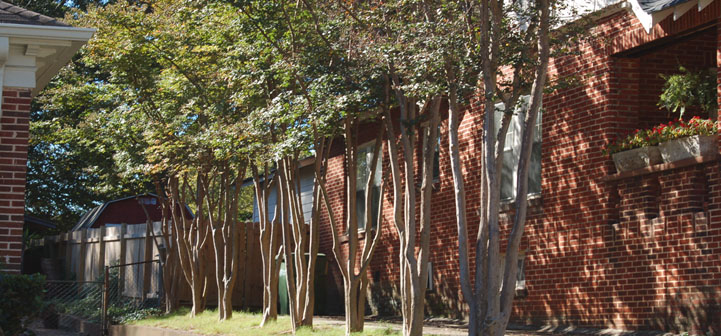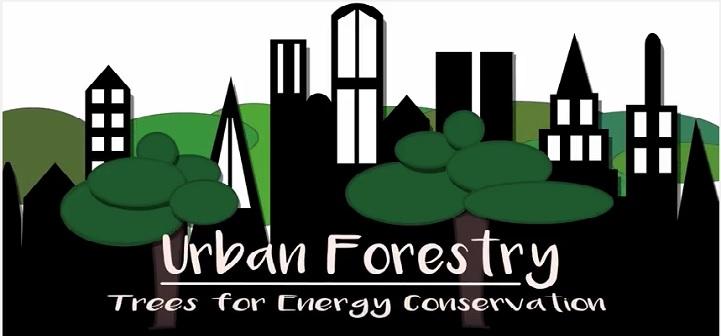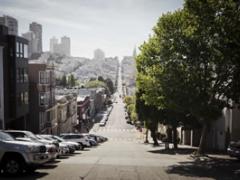Different types of trees can help to conserve energy in different ways. Deciduous trees (trees that lose all of their leaves each fall) save energy in summer by shading houses, paved areas, and air conditioners. Small deciduous trees and shrubs, especially those with low, dense branches, also can serve as effective wind barriers.
Large and small evergreen trees and shrubs save energy by slowing cold winds in the winter. They also provide shade, but since they often have branches …




